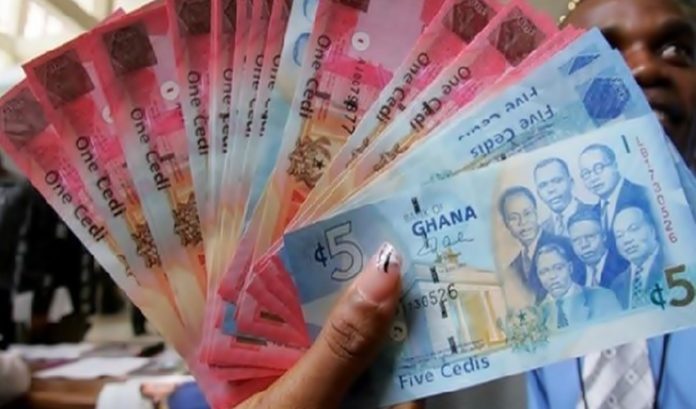
The cedi is expected to find relief in the near term thanks to the successful debt restructuring agreement with external creditors, paving the way for restructuring the US$5.4 billion bilateral debt and anticipated inflows from the International Monetary Fund (IMF) and World Bank.
Last week, the currency lost value against the US dollar, British pound, and euro.
The Bank of Ghana’s FX interventions were not enough to fully stem the tide. The cedi ended the week at GH¢12.33 per dollar, compared to GH¢12.18 the week before.
However, at the tail end of the week, the government announced that it had reached agreements with official creditors, paving the way for a potential US$600 million inflow from the IMF and an additional US$550 million from the World Bank.
This development has analysts optimistic about the cedi’s near-term prospects, particularly ahead of the profit-taking season.
Databank, a financial services firm, stated in a note that “the expected disbursement after board approval of the first review should improve market sentiments, shore up FX reserves and strengthen supply-side intervention. This development should reduce the strain on the cedi in the near term”.
The November 2023 Summary of Economic and Financial Data revealed a 25.8 percent depreciation of the cedi as of November, marking a significant jump from the 22 percent hovering around since March.
While analysts at IC Securities project an 8.4 percent depreciation of the cedi in 2024, this is considerably lower than the 15.2 percent recorded in 2023.
They are predicting a mid-dollar rate of GH¢13.10 by year-end.
Overall, recent developments offer a glimmer of hope for the cedi’s stability in the near-term. However, careful monitoring of the debt restructuring process and economic conditions remains crucial for long-term stability, analysts have cautioned.
The Bank of Ghana’s (BoG), in an attempt to lessen the Christmas and new year festivities pressure on the cedi towards the end of last year, implemented a 15 percent unified Cash Reserve Ratio (CRR) on both local and foreign currency bank deposits.
The decision injected over US$700million into the foreign exchange (FX) market, towards the end of last year. Coupled with the cocoa loan syndication offer promise, the cedi experienced relative stability throughout the Christmas and new year festivities.
Dr. Ernest Addison, Bank of Ghana Governor, had already highlighted the external support and tighter monetary policies contributing to a relatively stable cedi. Excluding the sharp depreciation last January, the cedi depreciated by 6.6 percent against the US dollar between February and November 2023.
“The foreign exchange market’s relative stability has been supported by inflows from the IMF ECF first tranche, Ghana’s Domestic Gold Purchase programme, and repatriated export proceeds from mining companies and oil and gas producers,” Dr. Addison explained last year.
Story By B&FT


























